Marianne Westman: Everyday Porcelain Made Fun
At 22 years old, Marianne Westman started working as a designer at the famed Rörstrand porcelain factory. Many decades later, her imaginative and colorful tableware is still beloved and in demand at auction.
Despite the fact that her name is not so well known, Marianne Westman (1928-2017) was one of Sweden's leading designers. During a long career at Rörstrand's porcelain factory, among others, she designed ceramics decorated with imaginative fruits and colorful flowers that have brightened up many kitchens and dining tables.
Related: The History of Rörstrand in 10 Key Dates
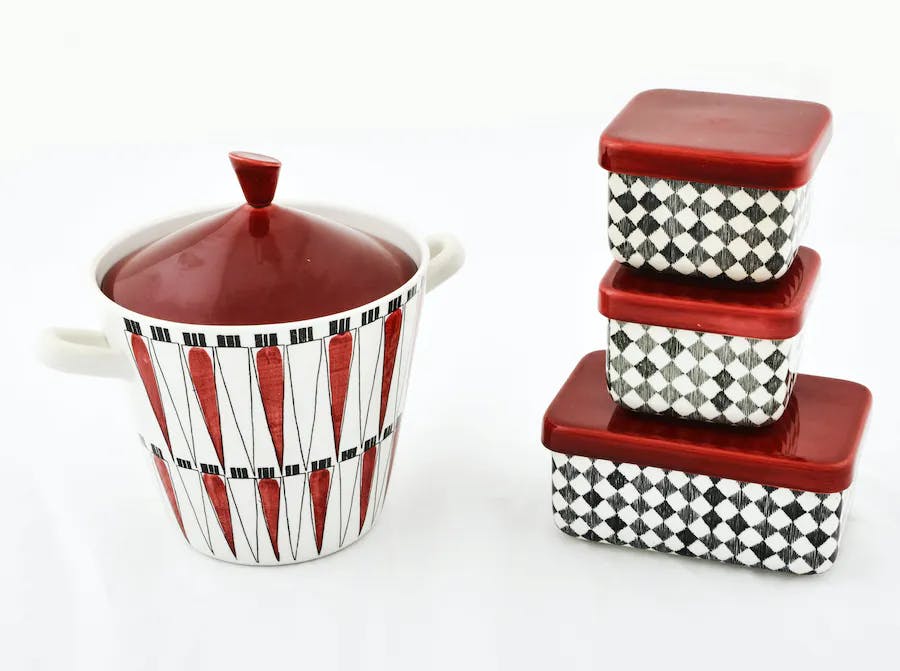
After graduating from Konstfack - University of Arts, Crafts and Design, Westman dreamed of opening her own ceramics workshop in her hometown of Falun. However, she was offered a job at Rörstrand, where she contributed to their success with her brilliant designs. Without her, some of our most beloved crockery would not have existed and Sweden's household porcelain would probably have looked a little less colorful.
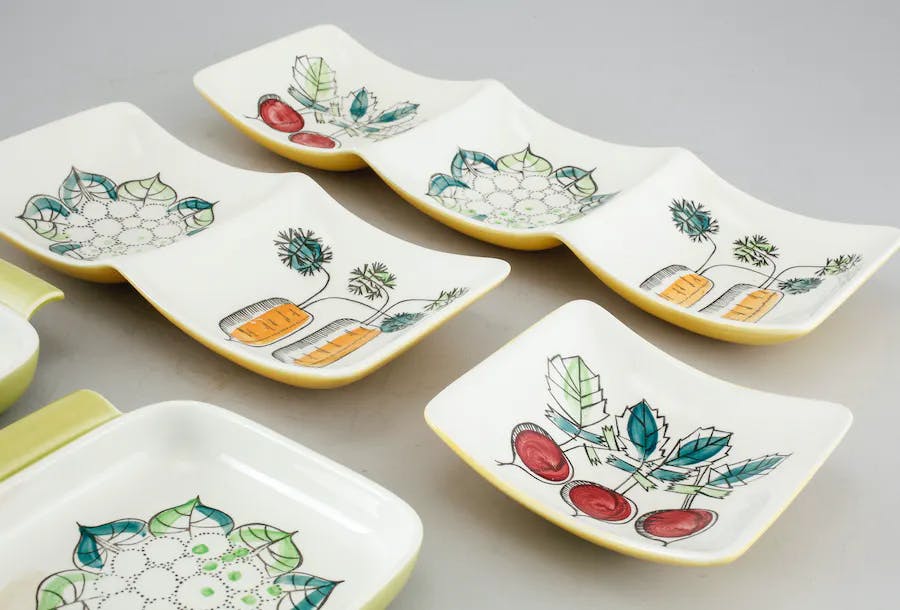
Related: Barnebys' Guide to Vintage Scandinavian Design
Westman's whimsical and playful designs were launched in the 1950s and still excite today. We take a closer look at some of her best known designs and tableware.
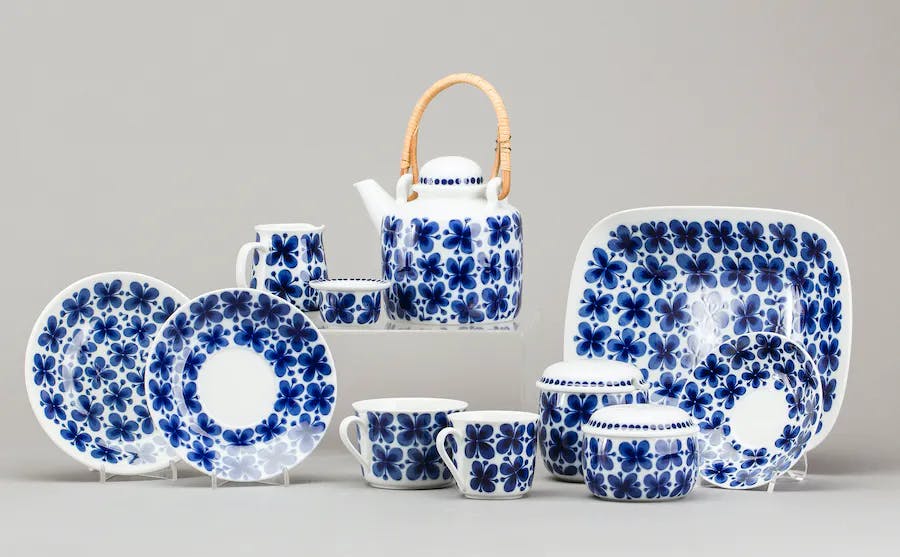
A cup of tea, mon amie? The first tableware that Marianne Westman designed for Rörstrand was the blue and white floral Mon Amie pattern. She got the idea for the pattern on Midsummer in the late 1940s, when she pictured the white flower rhododendron. The tableware was named Mon Amie and launched in 1952, and is now considered a Rörstrand classic. It was produced between 1952-87, but was relaunched as a tribute to Marianne Westman in 2008 on her 80th birthday. Mon Amie is one of the most popular Swedish tableware designs, and Marianne was awarded five international gold and silver medals for the design.
Related: Stig Lindberg: Endlessly Playful Design
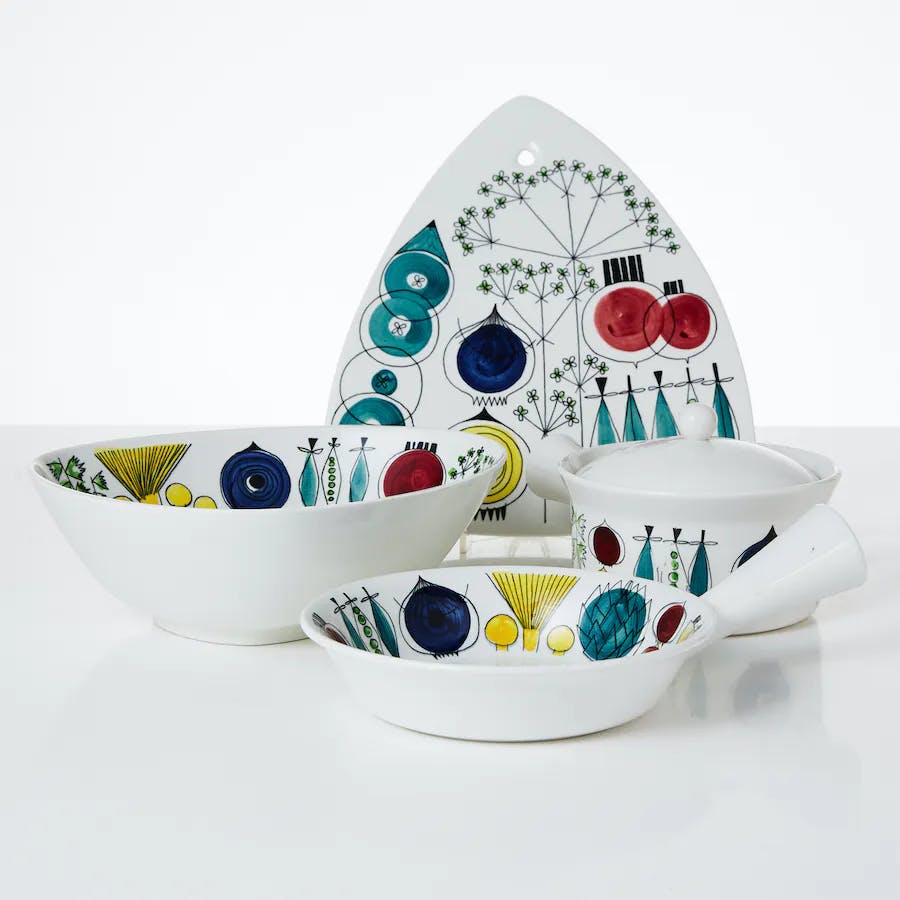
Related: Remembering Signe Persson-Melin: Sweden's Most Prominent Female Designer
Another of Marianne Westman's most loved designs is Picknick, which was produced between 1956-69. The popularity can probably be attributed to the cheerful colors and the fun pattern of geometric shapes and fruit and veggie motifs, which appeals to both older and younger generations. Today, the parts from the Picknick series are collectors' items, highly sought after at auction. Together with the similar Pomona series, the tableware consists of 37 parts.
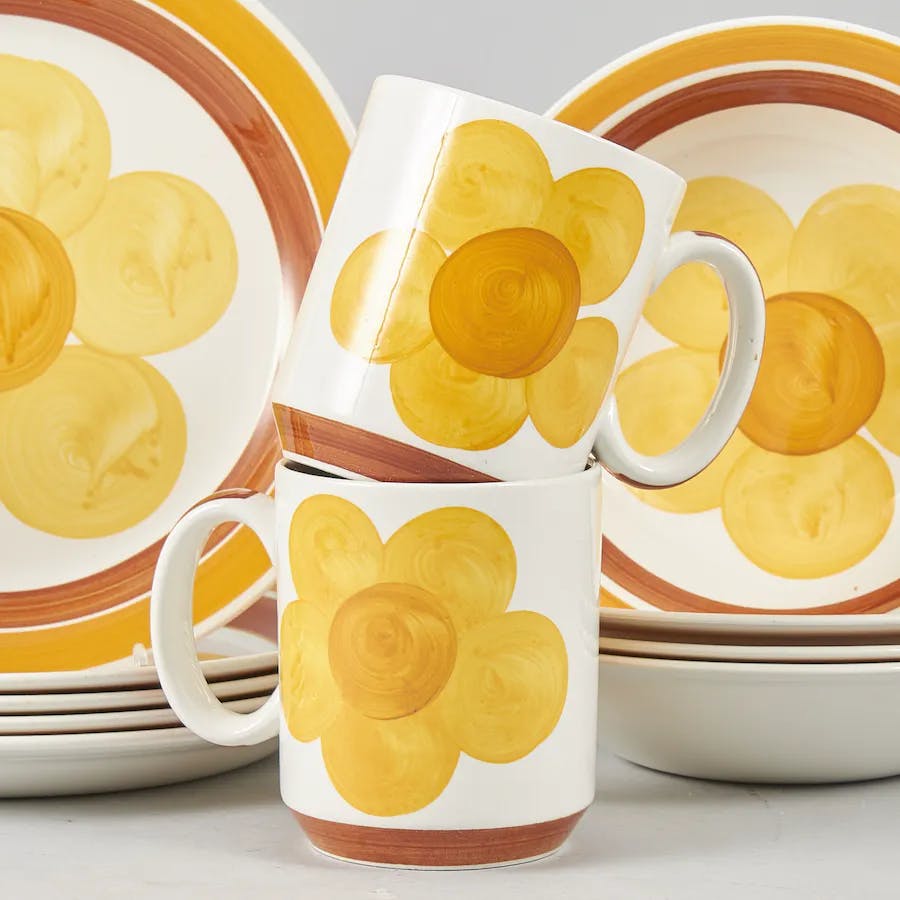
Marianne Westman also designed salt shakers, cheese racks, cutting boards, jars and boxes for the kitchen, including the Arom spice jar series, which is a well-known and popular style.
Want more articles straight to your inbox? Subscribe to our newsletter
Marianne Westman was employed by Rörstrand from 1951-1971. During her last years at Rörstrand, she accounted for a whopping 45% of the porcelain factory's turnover, but despite that, she was made redundant along with 200 others during the 1970s after the rationalization of production. But Marianne continued her craft, designing for Skruf's glassworks and several German porcelain factories.
Today her designs can be found at auction, with prices ranging from a few hundred dollars to $3,000.


